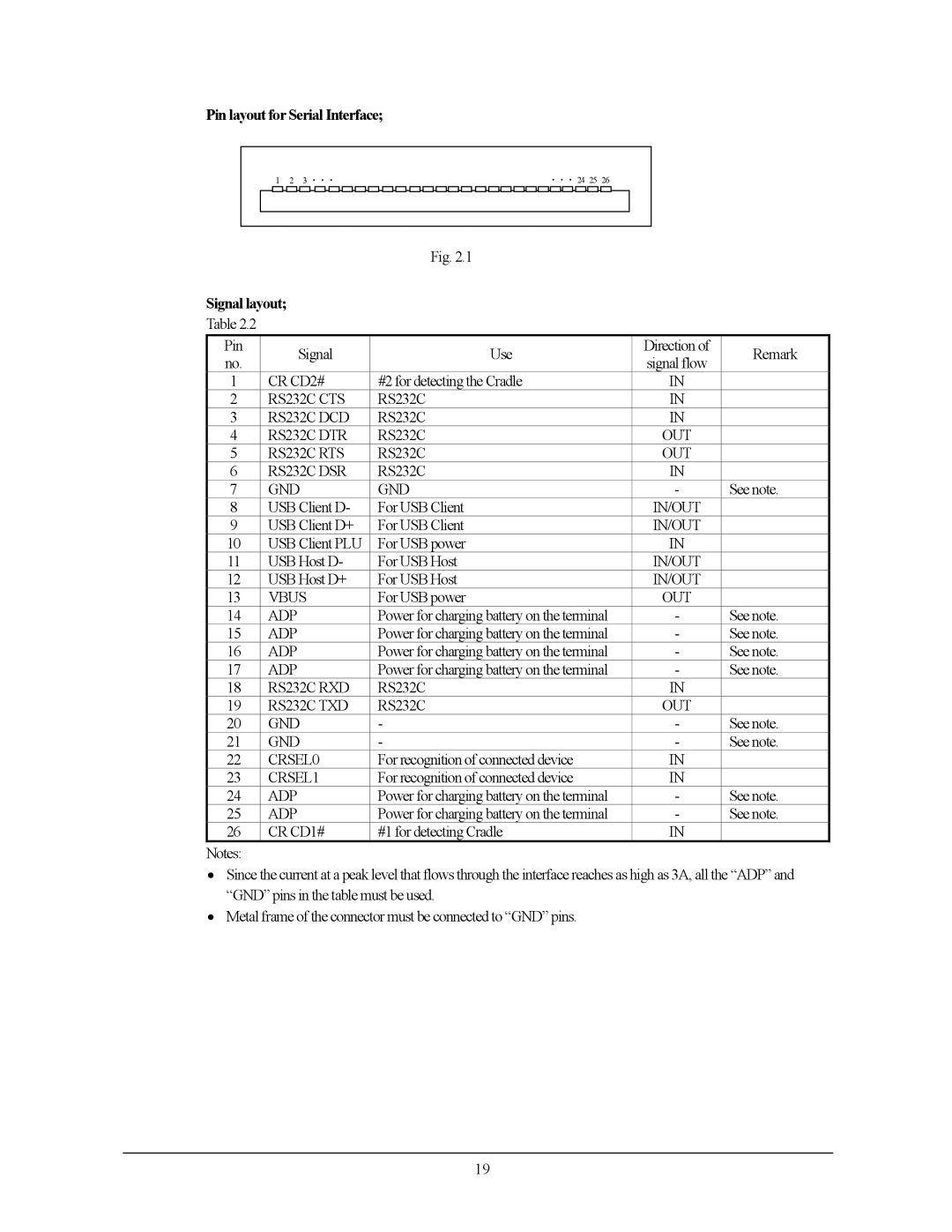IT-10M20, 10M30BR specifications
The Casio IT-10M20 and IT-10M30BR are state-of-the-art data collection terminals designed primarily for industrial applications. Renowned for their reliability and technological advancements, these devices cater to diverse sectors such as logistics, manufacturing, and inventory management.One of the standout features of the IT-10M series is its robust construction, enabling it to withstand harsh operational environments. The devices are built to be drop-resistant, ensuring durability even in demanding work conditions. Moreover, they typically come equipped with an IP54 rating, offering dust and water resistance, which adds to their longevity and reliability.
Both models leverage Casio's advanced scanning technology. They feature high-performance barcode scanners that can read 1D and 2D barcodes, making them versatile for various applications. This capability allows users to quickly and efficiently gather data, reducing operational downtime significantly. The scanning speed and accuracy are enhanced by sophisticated image processing algorithms, making data capture seamless and effective.
The IT-10M20 and IT-10M30BR also integrate a powerful processor, which ensures swift data processing and multitasking capabilities. Additionally, the user interface is designed to be intuitive, featuring a bright, easy-to-read display that enhances usability, even in low-light conditions. The touchscreen interface further simplifies navigation for quick access to essential features.
Communication is crucial in any industrial setting, and both models are equipped with Bluetooth and Wi-Fi connectivity options. This allows for real-time data transfer to central systems, ensuring that information is always up-to-date and accessible. Furthermore, the devices support various operating systems, providing flexibility in application integration.
Battery life is another critical aspect, and Casio has ensured that the IT-10M20 and IT-10M30BR come with long-lasting batteries capable of supporting extended usage periods without frequent recharging. This is particularly beneficial for staff that are constantly on the move.
In terms of software, these devices are compatible with various business management applications, enhancing their functionality. Users can easily integrate them into existing systems to streamline workflows and improve operational efficiency.
In conclusion, the Casio IT-10M20 and IT-10M30BR are exemplary choices for industries that require robust, efficient, and versatile data collection solutions. With their advanced features, user-friendly design, and reliable connectivity, they stand out as invaluable tools for modern industrial operations.

